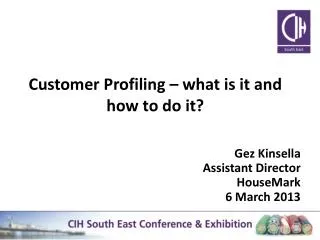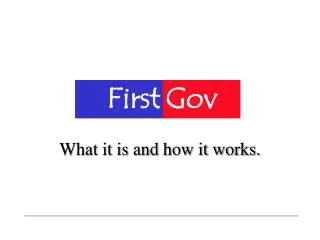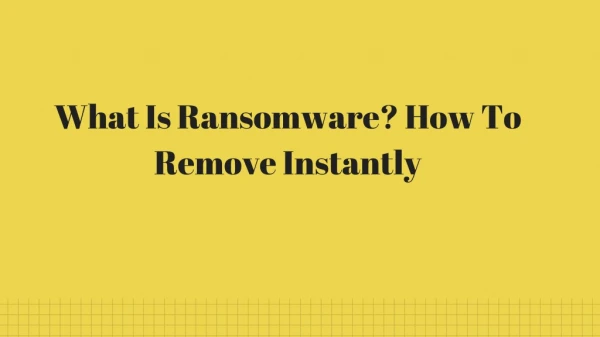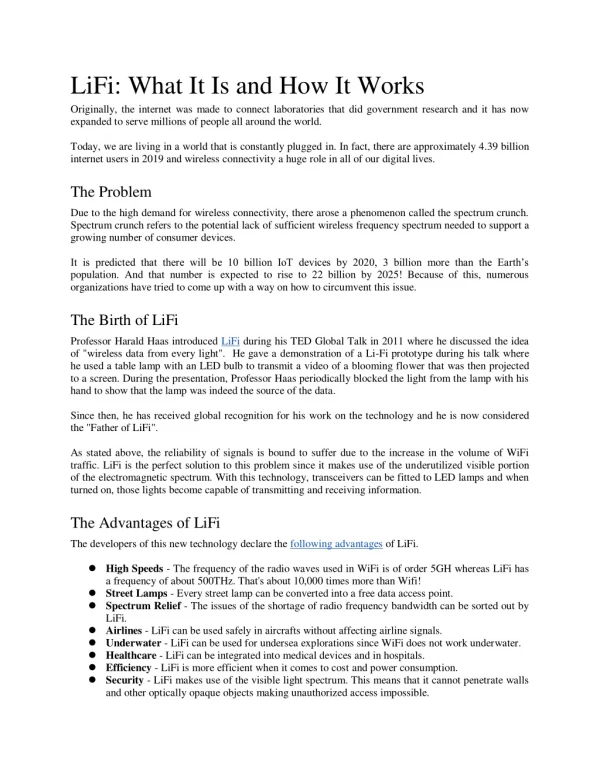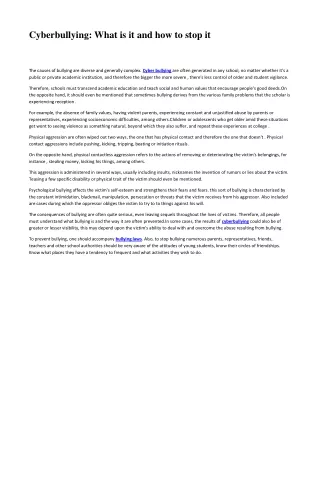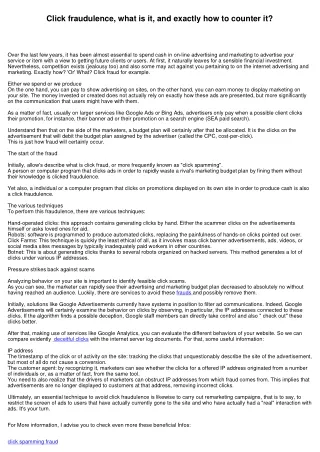Patient Communication Cadence: What It Is And How To Define It
110 likes | 117 Views
If you haven't established a patient communication cadence yet or aren't even sure what that is, this helpful guide explains the basics. We've also included tips for optimizing your patient messaging strategy.
Download Presentation 

Patient Communication Cadence: What It Is And How To Define It
An Image/Link below is provided (as is) to download presentation
Download Policy: Content on the Website is provided to you AS IS for your information and personal use and may not be sold / licensed / shared on other websites without getting consent from its author.
Content is provided to you AS IS for your information and personal use only.
Download presentation by click this link.
While downloading, if for some reason you are not able to download a presentation, the publisher may have deleted the file from their server.
During download, if you can't get a presentation, the file might be deleted by the publisher.
E N D
Presentation Transcript
More Related







